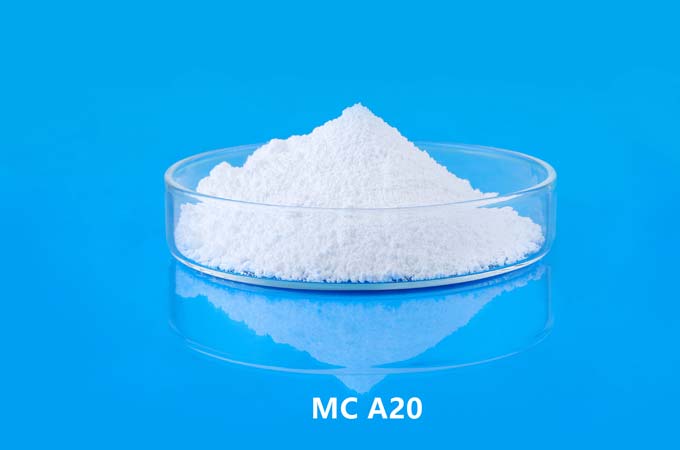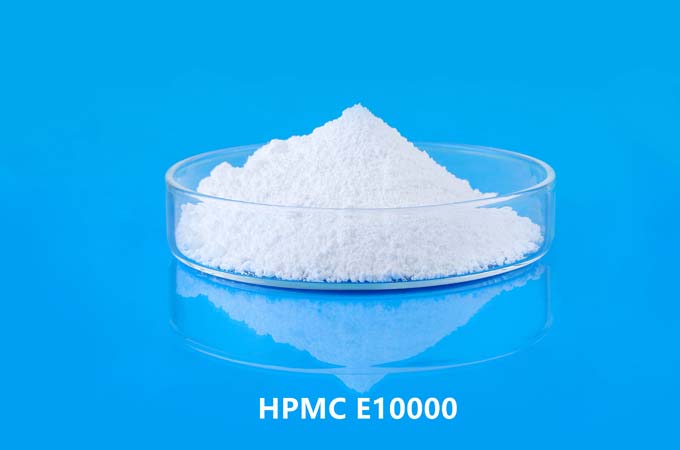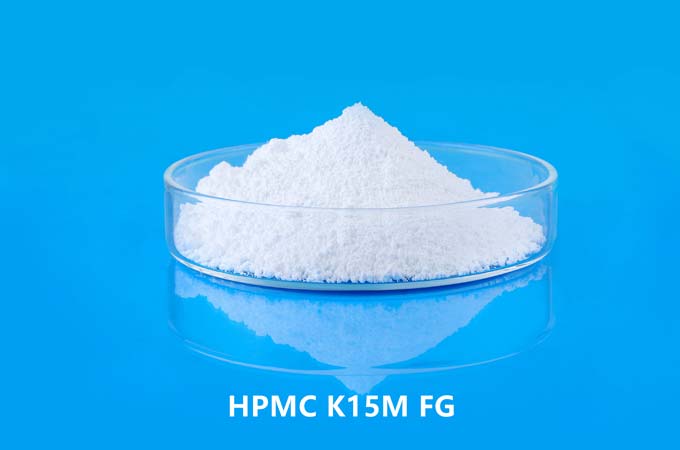Hydroxypropyl methylcellulose (HPMC) is a versatile compound commonly used in various industries, including construction, pharmaceuticals, and food. While it is primarily known for its role as a thickening and binding agent, HPMC also possesses properties that contribute to enhancing the fire resistance of building materials.
Understanding Hydroxypropyl Methylcellulose (HPMC):
Before delving into its role in enhancing fire resistance, it’s essential to grasp the fundamental properties and characteristics of HPMC:
Chemical Structure: HPMC is a derivative of cellulose, a naturally occurring polymer found in plants. Through chemical modification, hydroxypropyl and methyl groups are introduced onto the cellulose backbone, resulting in HPMC. This modification alters its physical and chemical properties, making it more suitable for various applications.
Hydrophilic Nature: HPMC is highly hydrophilic, meaning it has a strong affinity for water. This property influences its behavior in different environments, including its interaction with other materials and its response to heat and fire.
Thermal Stability: While cellulose is combustible, the introduction of hydroxypropyl and methyl groups in HPMC alters its thermal properties. It exhibits improved thermal stability compared to unmodified cellulose, making it less prone to ignition and combustion.
Mechanisms of Fire Resistance Enhancement:
HPMC contributes to enhancing the fire resistance of building materials through several mechanisms:
Char Formation: When exposed to fire, HPMC undergoes a process called pyrolysis, where it decomposes into volatile gases and leaves behind a char layer. This char layer acts as a barrier, insulating the underlying material from the heat and flames, thus slowing down the spread of fire.
Smoke Suppression: The char layer formed by HPMC not only provides physical insulation but also suppresses the generation of smoke and toxic gases during combustion. This is crucial for maintaining visibility and facilitating safe evacuation during a fire emergency.
Heat Absorption: HPMC absorbs heat during the pyrolysis process, reducing the temperature of the surrounding environment. This helps prevent adjacent materials from reaching their ignition point, thereby preventing the rapid spread of fire.
Improved Material Integrity: By forming a protective char layer, HPMC helps maintain the structural integrity of building materials even under high temperatures. This prolongs the time available for firefighting efforts and evacuation procedures, mitigating the risk of structural collapse.
Applications in Building Materials:
HPMC finds extensive use in various building materials to enhance their fire resistance:
Intumescent Coatings: HPMC is often incorporated into intumescent coatings applied to structural steel and other building components. These coatings expand when exposed to heat, forming a thick insulating layer that protects the substrate from fire damage.
Fire-Retardant Additives: In gypsum boards, wood composites, and other construction materials, HPMC can be added as a fire-retardant additive. It improves the fire performance of these materials without significantly compromising other properties such as strength and workability.
Fireproofing Sprays: HPMC-based formulations are used in fireproofing sprays applied to building surfaces, including walls, ceilings, and structural supports. These sprays create a protective barrier that delays the spread of fire and reduces the risk of structural failure.
Cable Coatings: HPMC coatings are applied to electrical cables to improve their fire resistance. In the event of a fire, these coatings prevent the cables from igniting and minimize the propagation of flames along the wiring system.
Environmental and Regulatory Considerations:
While HPMC offers significant benefits in terms of fire resistance, it is essential to consider environmental and regulatory factors:
Biodegradability: HPMC is derived from renewable sources such as wood pulp and cotton fibers, making it inherently biodegradable. This minimizes its environmental impact and supports sustainability efforts in the construction industry.
Regulatory Compliance: Building materials containing HPMC must comply with relevant fire safety standards and regulations established by local authorities. These standards ensure that the materials meet specific performance criteria and provide adequate protection against fire hazards.
Health and Safety: During the manufacturing and application of HPMC-based products, proper safety measures must be implemented to minimize exposure to potentially harmful chemicals and ensure worker safety.
Hydroxypropyl methylcellulose (HPMC) plays a crucial role in enhancing the fire resistance of building materials through mechanisms such as char formation, smoke suppression, and heat absorption. Its widespread applications in coatings, additives, and fireproofing sprays contribute to improved fire safety in the construction industry. Moreover, its biodegradability and compliance with regulatory standards make it a preferred choice for sustainable building practices. As advancements in material science continue, HPMC is poised to remain a key ingredient in the development of fire-resistant construction materials, furthering efforts to create safer and more resilient built environments.
 English
English 日本語
日本語 français
français Deutsch
Deutsch Español
Español italiano
italiano русский
русский português
português العربية
العربية Türkçe
Türkçe Nederland
Nederland



